
No, the Loch Ness Monster Probably Isn’t Real. But These Terrifying Sea Creatures Are.
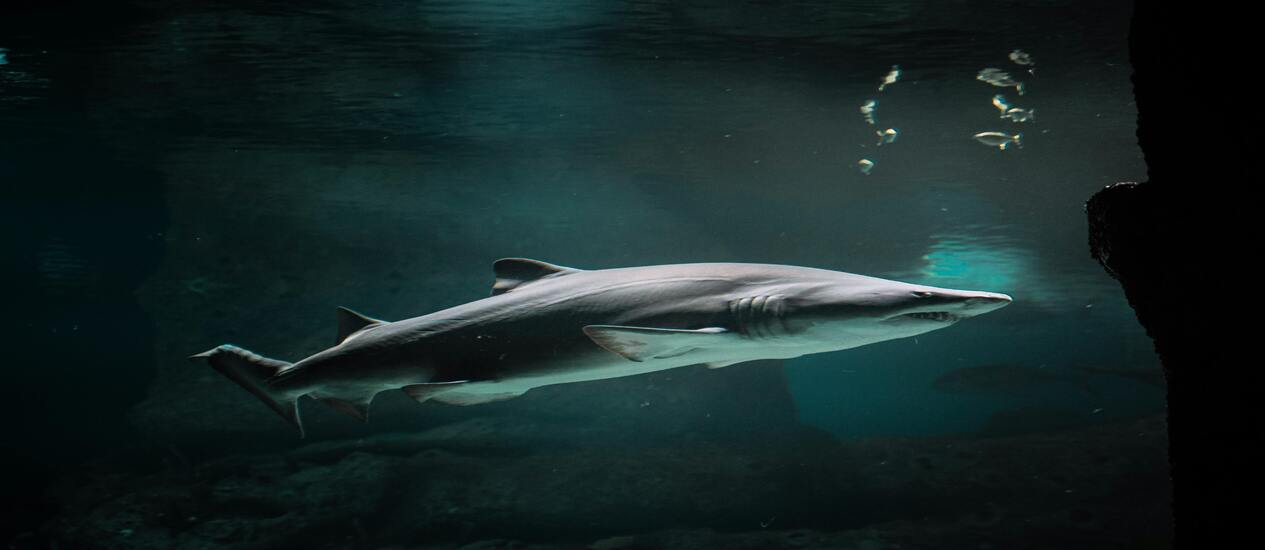

An alleged spotting of the elusive mythological beast in Loch Ness Lake in Scotland begs the question if any real sea monsters lurk in the earth’s watery depths.
The ocean is one of the world’s great unknowns. In fact, we know more about space than the sea. What’s even more concerning is that there are real-life monsters that live in our oceans, some more terrifying than the Loch Ness and its mythos. Here are the world’s scariest, and very real, sea creatures—and we’re not just talking about sharks.
Lion’s Mane Jellyfish
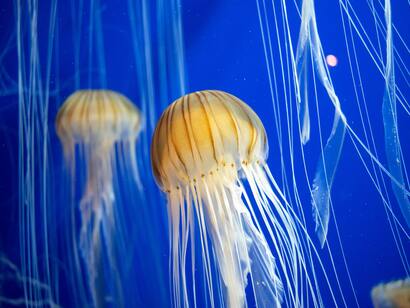
These massive jellyfish can be up to 120 feet long. Found in the colder regions of the Pacific, Atlantic, and North Sea, these jelly’s are 94 percent water. If that’s not creepy enough, the Lion’s Mane uses their stinging tentacles to wrap around and slowly pull in its prey. It consumes a variety of sea creatures, including their own kind.
Whale Shark
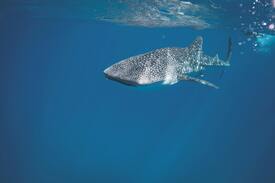
While Great White’s are big enough, whale sharks can grow up to 61 feet. They also have a massive lifespan from 80 to 130 years, but you should fear not if you spot one of these beasts in the wild. The whale shark, which lives mainly near the equator, only feeds on the ocean’s tiniest inhabitants. But those tiny creatures should be terrified, as the whale shark has diabolical ways of consuming their prey. They sometimes eat via “ram filtration,” meaning that they open their gaping mouths and swim towards their prey. Even scarier, they also suction feed, which means they open and close their mouths, sucking in the water around them like a typhoon. Luckily, their fierce teeth are just for show and play no role in feeding.
The Giant Squid
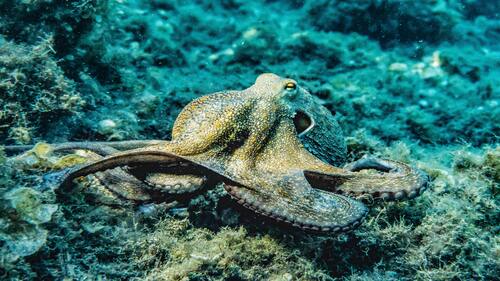
“Giant” is actually an understatement when describing this deep-dwelling sea creature. Males can grow up to be as big as 43 feet, while females can be upwards of 33 feet. It’s one of earth’s largest living organisms and boasts a sophisticated nervous system and complex brain that scientists have probed for years. Additionally, it has the largest eyes of any living creature, ranging upwards of 27 cm in diameter.
As a result, the Giant Squid is very sensitive to light, which helps them see better in the dark ocean depths. As for feeding, the squid, which has been spotted in every ocean on earth, catch their prey with their massive tentacles, suctioning it to them via their sucker rings. Once they bring their prey into their beak, they gruesomely shred it to pieces with their tongue, which has an arrangement of “file like” teeth. Then they send it to the esophagus. If I were a smaller squid or deep-sea fish, I would be terrified.
The Giant Octopus
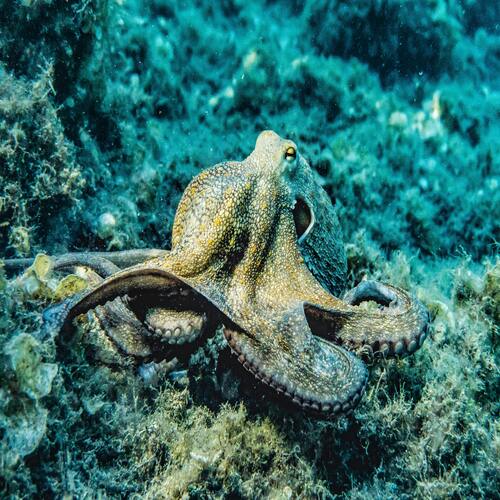
Larger then any other octopus species, these pacific-based octopuses weigh up to 600 pounds and can grow up to 30 feet across. They have massive heads that are usually reddish-brown in color, and have a special color pigment cell in their skin to help them change color and texture so they can blend in with the sea’s most intricate landscapes.
They’re nocturnal hunters and mainly eat shrimp, lobsters, clams, and fish, but scarier yet is that they sometimes eat sharks and birds. They have sharp beaks that puncture a creature’s flesh and rip them apart. They’re also incredibly smart and have learned to open jars and mimic other octopuses in the past.
Great White Sharks
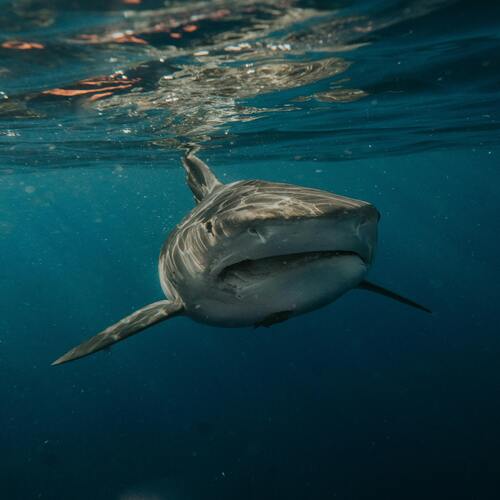
No list of dangerous sea creatures would be complete without the terrifying great white. This shark has been known to occasionally feast on human flesh, and is found abundantly across all major oceans. Females can weigh up to 5,000 pounds while males tend to be smaller, at a still-whopping 4,000 pounds.
They can swim up to 16 miles an hour, and while they’re carnivores, they have an extremely specific diet. They eat other fish, but only tuna, rays and other sharks. They focus mainly on marine mammals, and are known to bite and attack each other to show their dominance.


